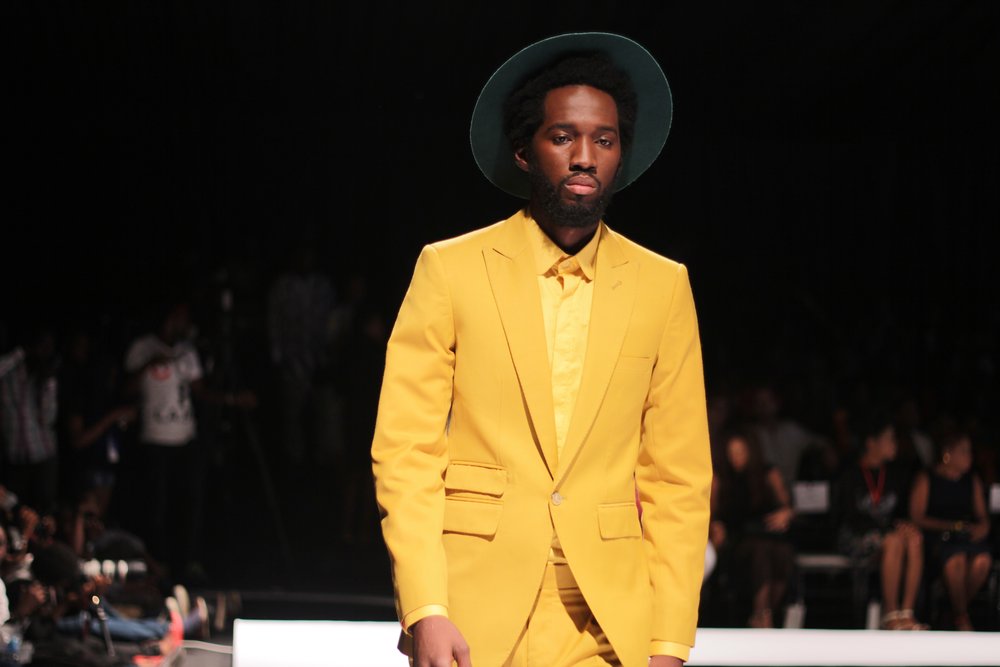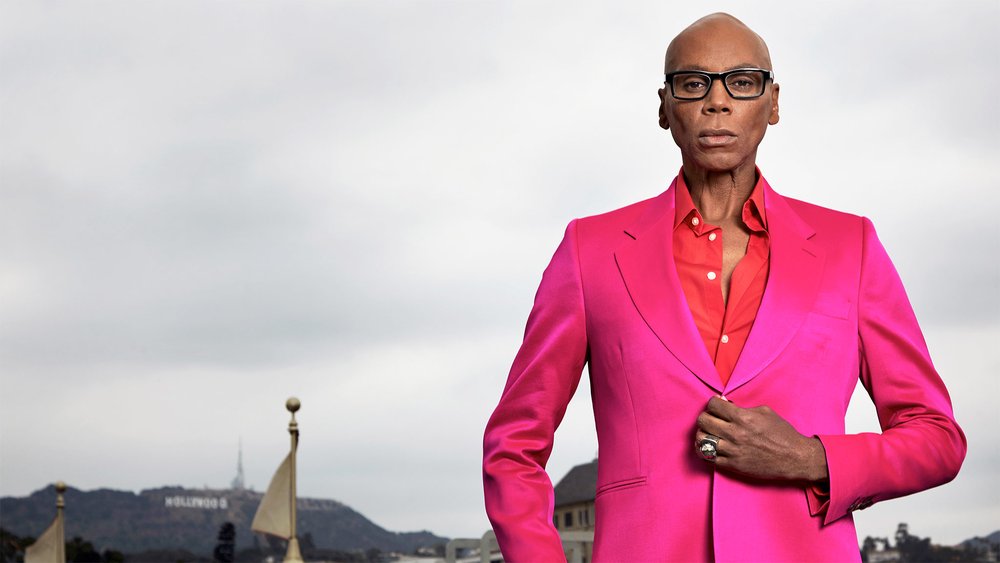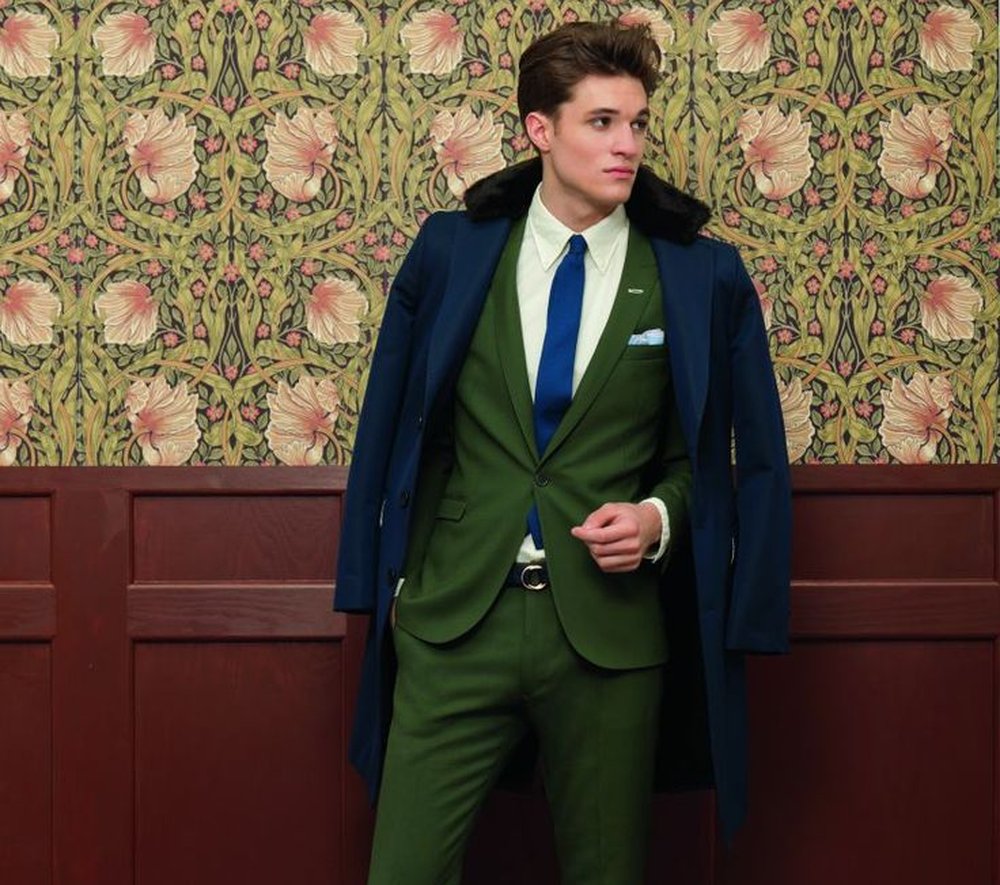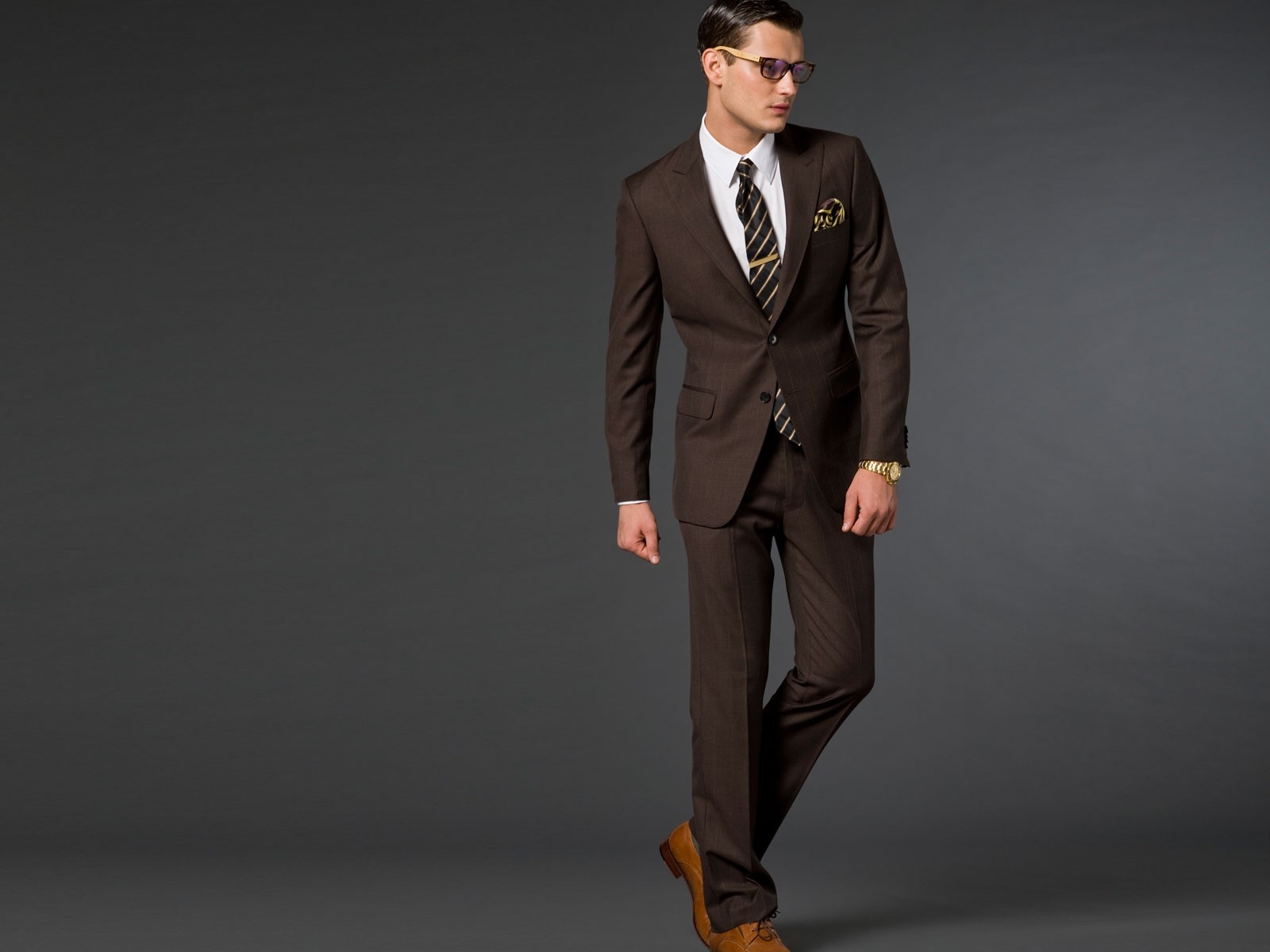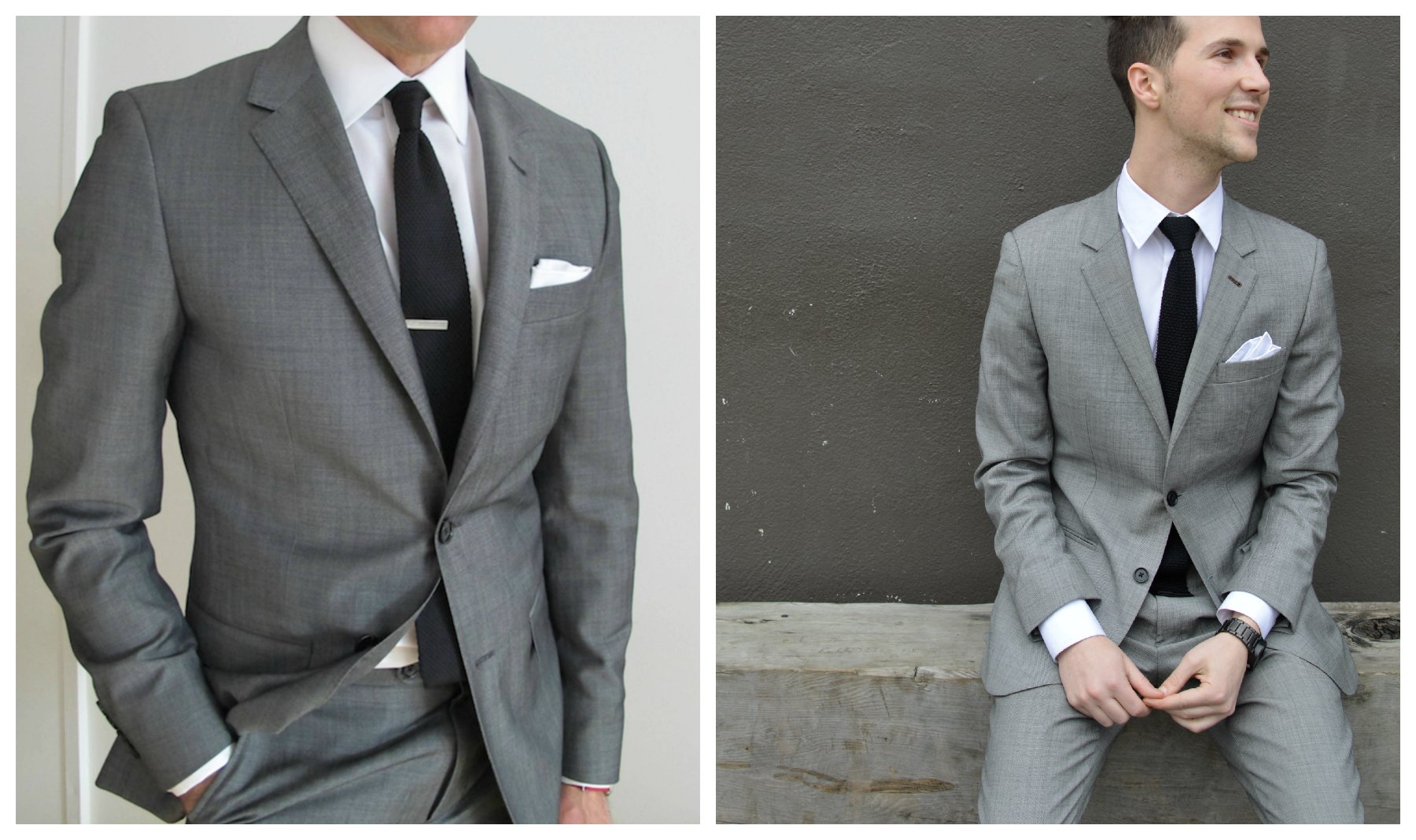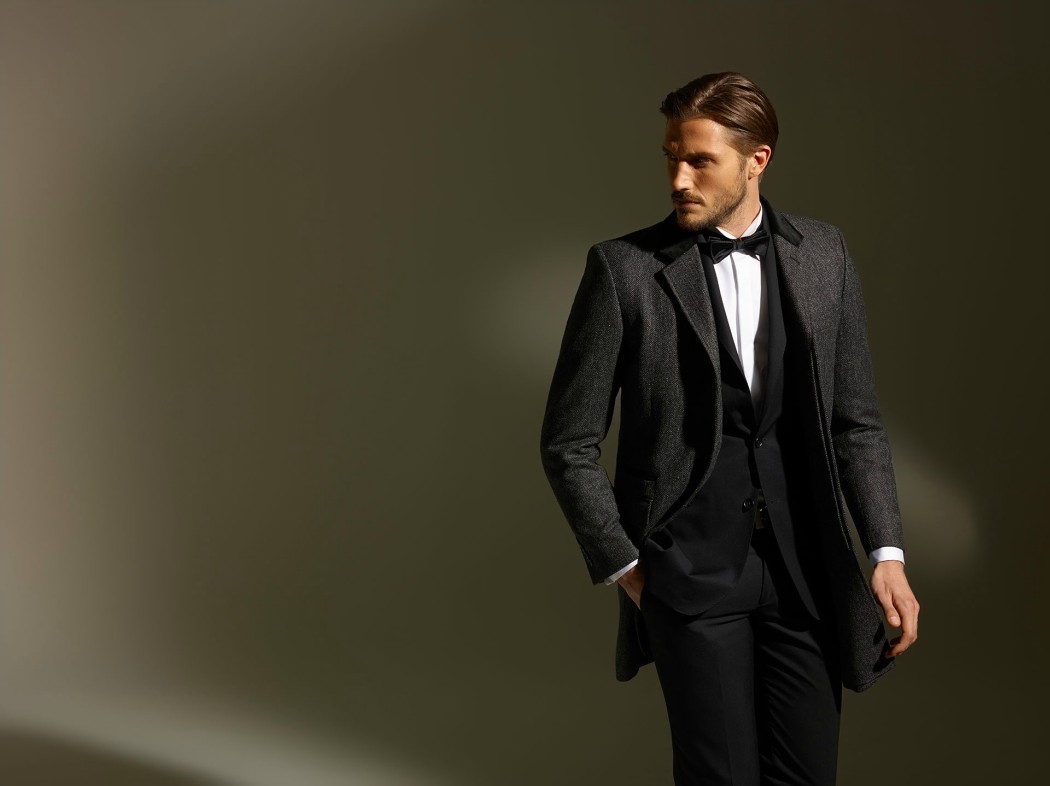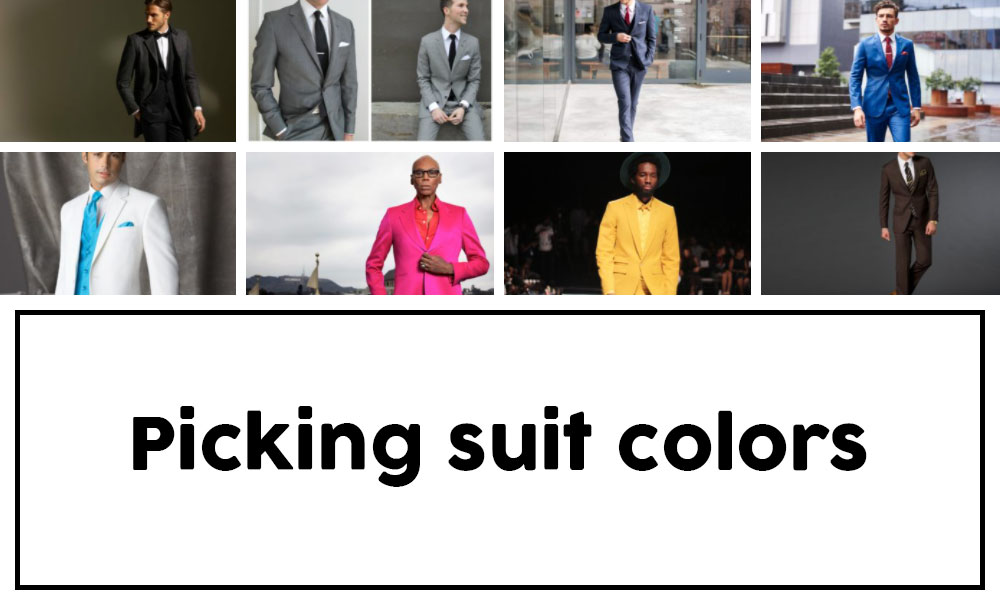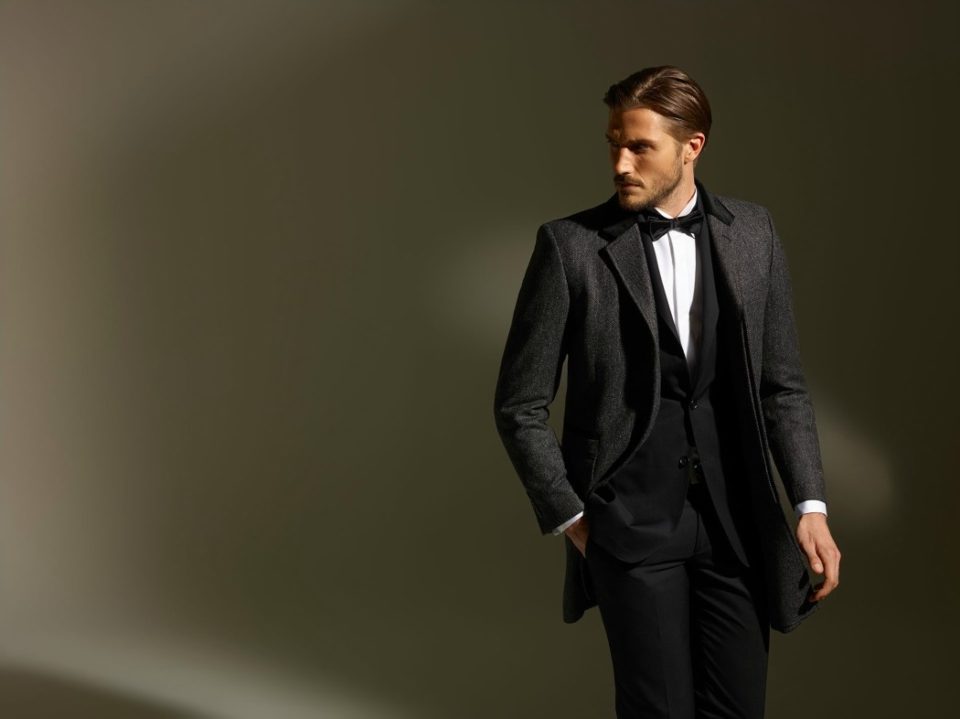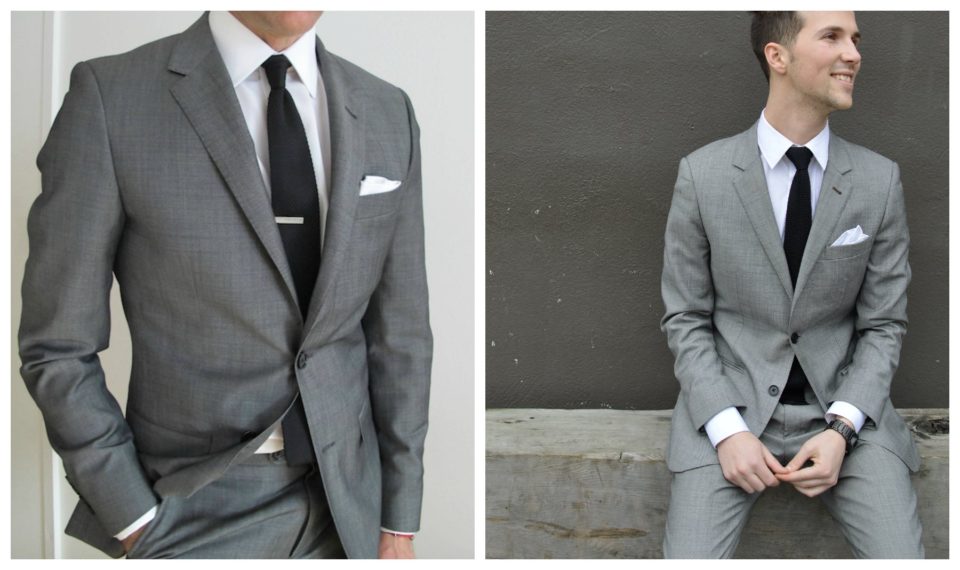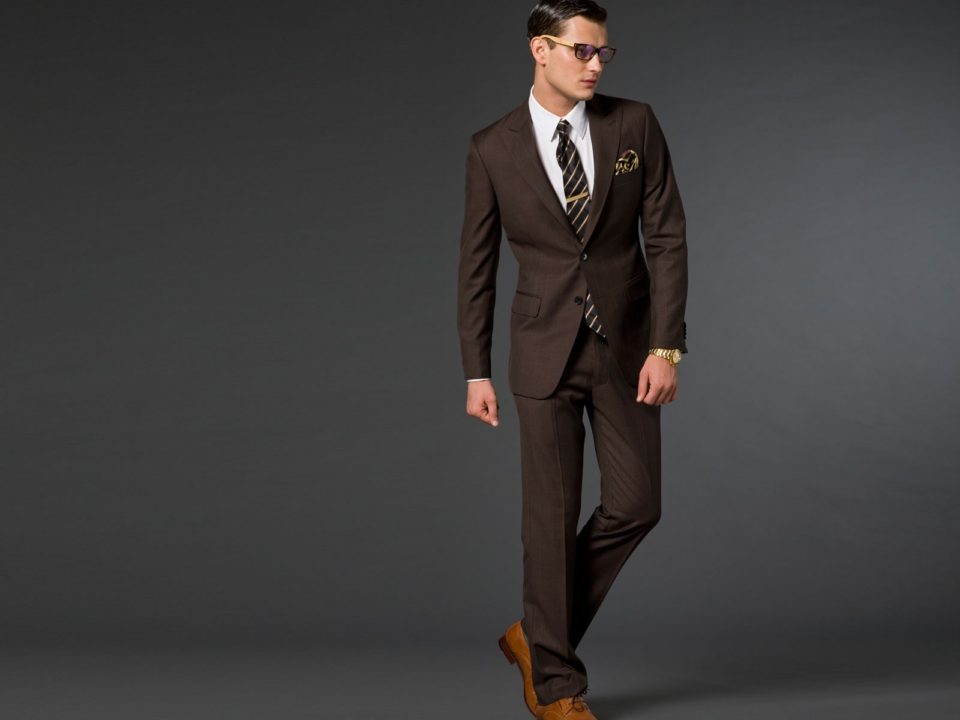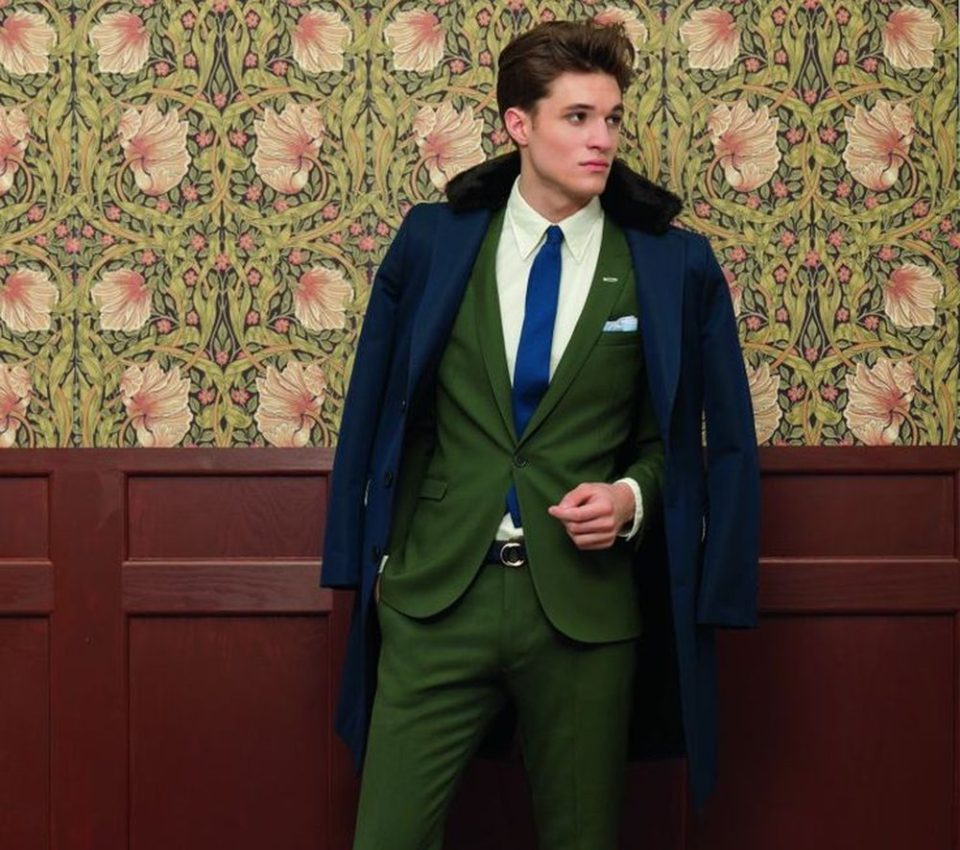Going into a corporate meeting looking washed-out, sickly, spray-tanned, flushed, or downright undead is a sure-fire way to get all the wrong kind of attention. Conversely, showing up to the ball in a basic black like an average cog isn’t going to let you stand out from the crowd. You need to be able to bring the spice and style while still looking right as the mail and ready for action. That means choosing the right suit color so you pop in all the proper ways and play up your assets for more appeal at the office and out in the world.
Quick Skin Color Breakdown
Before you pick the right suit, you must first know what color you are. Generally speaking, people fall into three distinct categories for skin color. Throw out anything that tells you you’re coloration is “winter” or “autumn” as those are used more for your shirt color. For picking a suit, you only need a general notion of which of the three color variations you fall under. There are also mixtures, but ordinarily you’ll lean heavily in one category. The basic skin types are:
Suit Colors
Here’s the major suit colors available and which skin color they pair best with. Make note that your hair can make a difference here, as can patterning, so always try something out before you spend the money.
Medium/Olive Skinned
If you’re darker than an albino, tan easily and well, and lean heavily toward yellow, olive, or a heavily beige in your skin color, you’re probably in this group.
Light/Fair Skinned
If you burn easily when you think about sunlight, have freckles, and bear a lot of pinkish coloration, then you’re part of the fair-skinned contingent. When in doubt, always look for healthy contrast between cloth and skin, and suit colors that make your flattering natural tones jump out. Avoid items that tend to land in the same color palette as your own skin.
Black
Who Should Wear: Dark Fair and Medium Who Should Avoid: Very Fair and Very Dark Don’t listen to the erroneous notion that black looks good on everyone. It markedly does not. Extremely fair people can look washed out and cadaverous in a deep black. If you have pale skin and dark hair, you can pull this off, but those with red or blonde should typically avoid going with a stark black. It can make you look anemic. Those with dark skin should minimize black, as it tends to be overkill with skin that is already earthy. For all you lucky olive-skinned individuals, this is the way to ride.
Gray
Who Should Wear: People Who Should Avoid: Pets Gray is the color that can actually work with any skin type. The wide range of grays lets you draw from the places that will best help you stand out. A simple rule to follow with choosing a gray suit is the darker your skin, the lighter your gray should be. Slate and similar options have too much lightness for the fair complected, and charcoal can tone down the natural hues of a darker person. When in doubt, go gray.
Brown
Who Should Wear: Light Who Should Avoid: Medium and Dark Brown tends to be kindest to the light skin, and can work to complement any hair coloration against white skin. Those with reddish hair look earthy and trustworthy in brown, while those who run blonde can help bring out some of the darkness in their hair for an overall darkening of the skin for a healthier look. For the medium to dark, a brown suit is a waste of money and can cause a bleeding look where you can’t differentiate skin from suit.
Navy
Who Should Wear: Fair and Medium Who Should Avoid: Dark Do not mistake the deep navy for a “True Blue” color, as the people who should wear one often look dreadful in the other. Navy generally looks fine on most people, giving a sense of power to the fair-skinned and clearly contrasting with those in the medium range. Anyone who has blue in their skin – usually the very dark or very light – navy can give you a bruised appearance that is ghastly. It’s not recommended for darker skins, since there’s a world of lighter shades that look far better.
Blue
Who Should Wear: Dark and Medium Who Should Avoid: Fair and Light Medium The lighter world of blue is a revelation for those who are darker complected, while it absolutely causes the veins in the fair-skinned to stand out like they’re laying on a slab. Blue also works well with olive skin tones for a decidedly Mediterranean feel that’s best for adding a sense of playfulness, though too much sky will make yellower skin look jaundiced.
Burgundy / Wine
Who Should Wear: Medium and Dark Who Should Avoid: Fair and Red-Faced Respect to you for going in this direction, as any red is a brash color. Though most fair-skinned people can’t pull this off, those with dark hair and eyes can turn this into a stunning look, particularly paired with black. Though individuals with medium skin should go for lighter hues so as to avoid looking too ruddy, people who are deeply tanned or dark tend to give this a sense of gravity that can be a breath of fresh air in a board room.
Green
Who Should Wear: Fair and Dark Who Should Avoid: Medium Like gray, green is the place that the very dark and the very light can meet, with a few caveats. Since most in the medium arena already have a little green in their flesh, wearing it tends to give a leprous sense that speaks of ill-health. Going with a subdued bottle or forest green is advised for anyone who is supremely fair, particularly those with reddish or strawberry blonde hair. A striking jade or flashy emerald makes dark skin sing.
Tan/Khaki
Who Should Wear: Dark and Olive Who Should Avoid: Medium and Fair While this is technically a brown, there’s a few different rules that go along with beige or tans. These look great on those with a darker skin type, and work with anyone who runs in the olive direction. Unlike deeper browns, tan is too light for the ghostly pale. It does no favor to freckles, but can help smooth out combination skin by darkening the light and lightening the dark areas.
Pastels
Who Should Wear: Medium and Dark Who Should Avoid: Fair Like with true blue, pastels are where those with a deeper brown or tan have an advantage over the lily white. The lighter you are, the more you should avoid anything that hints of ivory, as it ensures that many will ask if you’re feeling all right. The darker you are, the better you’re going to look in a suit of pastel. Though you may want to keep wear to summer, since gray skies, white snow, and darkness don’t help these colors much.
Red/Yellow
Who Should Wear: Dark Who Should Avoid: Most These suit colors show exactly why it’s better to have darker skin when choosing your wardrobe. If your skin runs profoundly brown, you can get away with these brazen style choices. Everyone else, buyer beware.
White
Who Should Wear: Dark and Medium Who Should Avoid: Fair A rarity in professional environments, white nonetheless looks incredible on darker individuals, and people in the middle. While white is utter death for those who are starkly bleached, it can look good with black or dark brown hair and light skin. Simply be wary of bringing out unflattering freckles. Goes well with boat shoes for a French Riviera look, so long as you contrast with deep, dark shirt shades.

